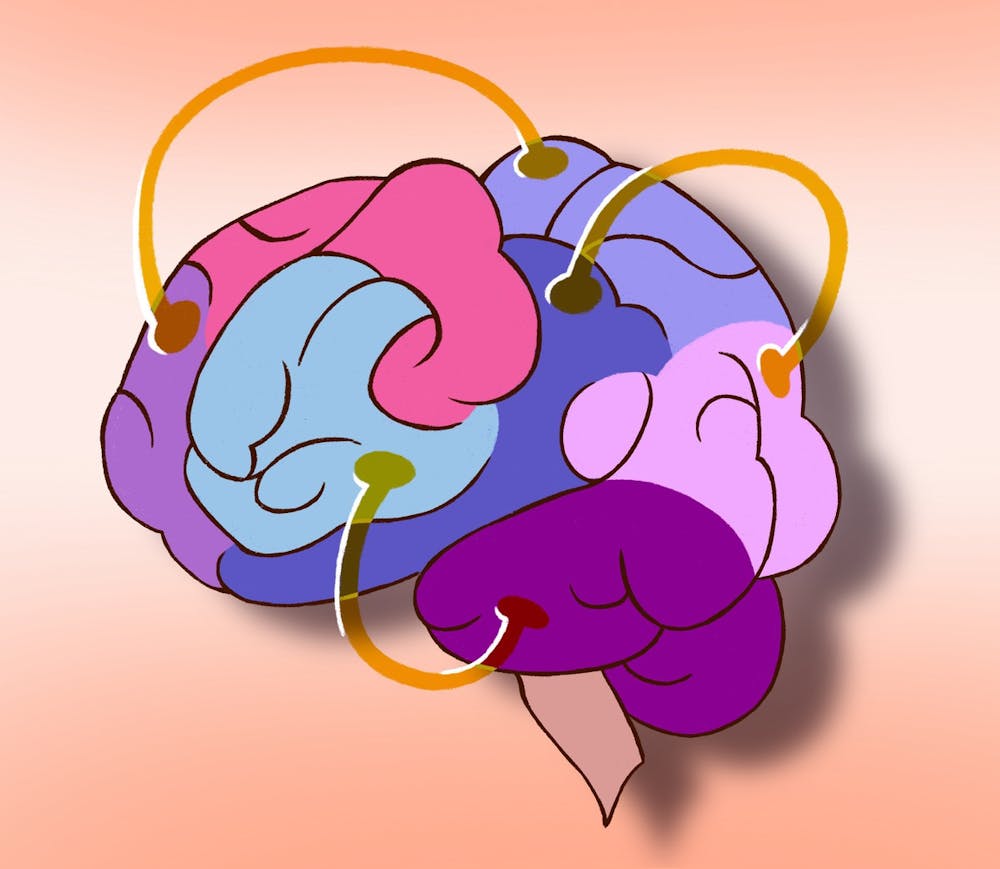People live and interact in a complex web of social relations, processing a vast amount of social information every day and navigating complex social networks — the webs of relationships, friendships and acquaintances that compose society. In a paper published in September, University researchers looked into these social networks to examine how humans represent social features and make inferences about unobserved relationships within the networks.
Social features are the characteristics that make up someone’s identity in a social context, like gender, race, hobbies and concentration.
Social networks are vast and complicated, as “the number of potential relationships grows exponentially with the size of the network,” said Jae-Young Son GS, the first author of the paper. When interpreting a social network, trying to memorize each relationship and friendship isn’t tenable, he added. “We wanted to know … the mechanisms that people use to infer friendships.”
The researchers conducted three studies involving 328 participants to look at how people make these inferences, according to the paper.
In one study, the researchers showed participants a social network involving several different people with distinct social features, and then, for example, asked participants to infer relationships that were not explicitly shown, Son said. “Once we did that, we measured how people are representing networks in their mind and how they generalize this knowledge … to new situations,” he added.
The researchers found that people adjust which features they use to predict friendships, ignoring features that are not predictive while prioritizing those that are, according to Son. Mathematical modeling was then used to see how the features are utilized to represent social networks and predict relationships.
The results showed, for the first time, that cognitive maps — mental representations of information — “are used as a representational tool for social networks,” said Principal Investigator Oriel FeldmanHall, professor of Cognitive, Linguistic & Psychological Sciences.
“The idea of a cognitive map was originally developed to explain spatial navigational behavior in rats,” wrote Russell Epstein, professor of psychology at Penn, in an email to The Herald. Russell, who was not involved in the study, added that “it’s often assumed that humans also have cognitive maps, which … would be applicable not just to navigable space, but also to abstract ‘spaces’ like the space of social relationships.”
In the paper, people used features as part of their cognitive maps, which allowed them to estimate a statistical relationship between each feature. This statistical relationship ultimately allowed participants to predict the probability of two people being friends, Son said.
Homophily, the tendency for people to be friends with others similar to themselves, was used to an extent by the participants to predict the probability of two people being friends, FeldmanHall said. “But (cognitive) map building requires more than homophily. It incorporates far more sophisticated principles,” she added.
Moving forward, the researchers plan to continue this work with incoming students at Brown.
“In incoming freshmen, there is no established social network when they first come to campus. We’re going to track how that social network basically arises as people become friends with each other,” FeldmanHall said. The future study will look at how incoming students use cognitive maps to navigate through a real social network and how that network changes over time, she added.
“This study is really cool because it implements a computational model of how people form ‘maps’ for a social space and shows that the model predicts the social inferences that people actually make about a social network,” Epstein wrote.

Jared is a Senior Staff Writer for Science and Research. He is a senior from Albuquerque, New Mexico studying physiology and biotechnology. Outside of The Herald he likes to fish, ride bikes and research the role of metals in human health and disease.





